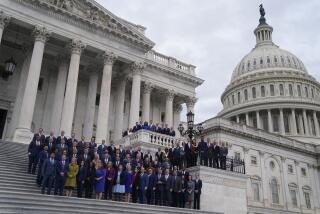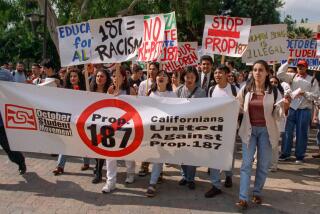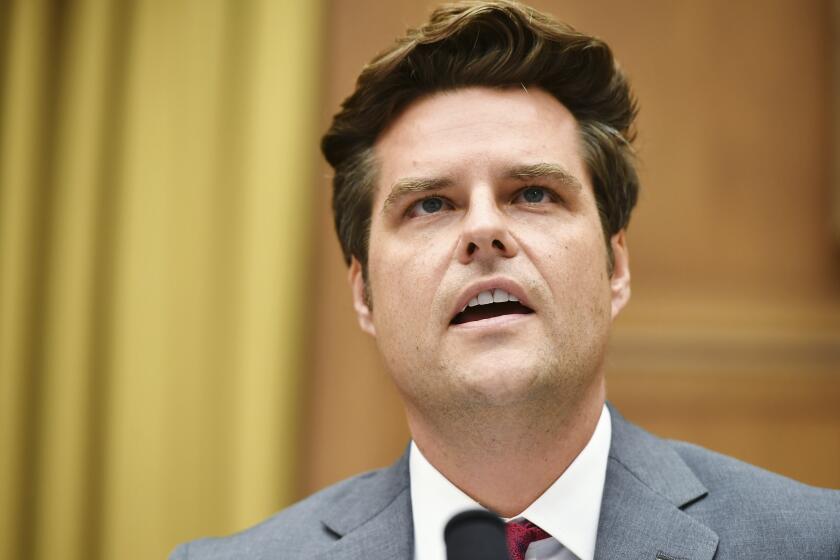Perspective: #EmergingUS: Diversity is our destiny, but how do we talk about it?

What is the emerging American identity, and where do you fit? #EmergingUS is coming to the Los Angeles Times this fall.
As we celebrate our country’s birthday, let us also acknowledge that the country that declared independence in 1776 does not look like the country we live in today.
In fact, America today is not even the 1960s version of America that we study in history books, when the country was 85% white and 10% black. Today, Asian and Pacific Islander are the fastest growing racial and immigrant groups, according to the Pew Research Center. (Almost three-quarters of all Asian American adults are foreign-born.) In the last few decades, the growth of the Latino population has been so robust that 51% of all Californians under age 25 are Latino, according to the U.S. census.
And as California goes, so goes our nation.
America’s demographics are shifting to resemble the minority-majority reality in California, with Los Angeles as the country’s most diverse metropolis. Almost 200 languages and dialects are spoken daily in L.A., which is home to the largest communities of 25 nationalities (including Mexican, Filipino, Persian, Korean, Guatemalan, Armenian and Vietnamese) outside of their native countries. Forty percent of Angelenos are foreign-born, including me.
I was born in the Philippines, where everything I learned about the United States I learned from watching American television and movies. At age 12, my mother sent me to live with her parents in California. I didn’t realize that Oprah Winfrey was “black” and Julia Roberts was “white” until I arrived here. Immediately I wondered, where does an Asian-looking kid with a Latino name fit in this black-and-white racial binary? I had even more questions four years later when, at age 16, I tried to get a driver’s license and found out that the green card my grandfather gave me was fake. How can people be “illegal,” I wondered? How did white and black Americans get to the U.S.? What kind of papers did they need? And how do members of marginalized and disenfranchised groups pledge allegiance to a country that may not recognize them?
A year later, I discovered journalism and I have not stopped asking questions since.
What role can whites, Latinos, Asians and Native Americans play in the era of #BlackLivesMatter? How are immigrants, documented and undocumented, remaking not only California, Texas and New York but states in the Midwest and the South? When talking about diversity, which is our destiny, how do you ensure that everyone, including white Americans, are part of the conversation? What is the emerging American identity, and where do you fit?
Telling stories and exploring questions that live at the intersection of race, immigration, and identity will drive #EmergingUS, a digital magazine that the Los Angeles Times is launching this fall. So join us at EmergingUS.com in these frank and sometimes uncomfortable conversations about who we are.
Jose Antonio Vargas is the founder and editor of #EmergingUS. He is also the founder of Define American, a nonprofit media and culture organization, and the director of “White People,” a documentary special that will air this month on MTV.
More to Read
A cure for the common opinion
Get thought-provoking perspectives with our weekly newsletter.
You may occasionally receive promotional content from the Los Angeles Times.











